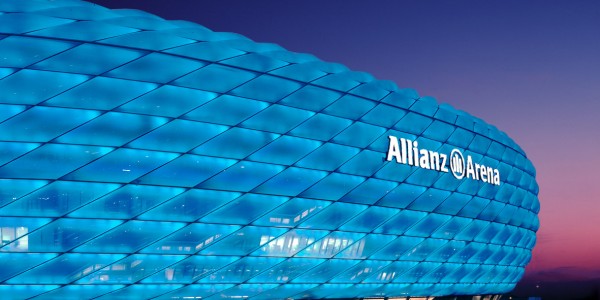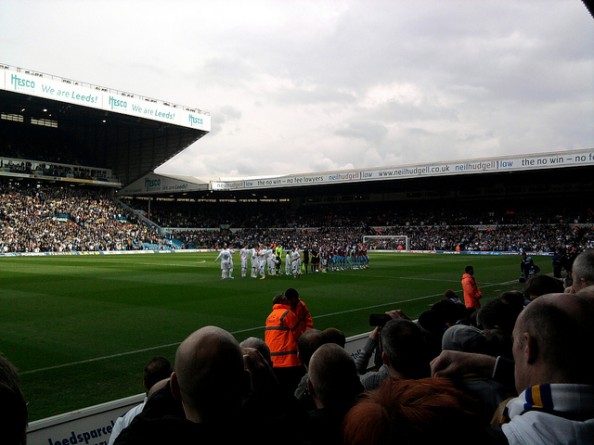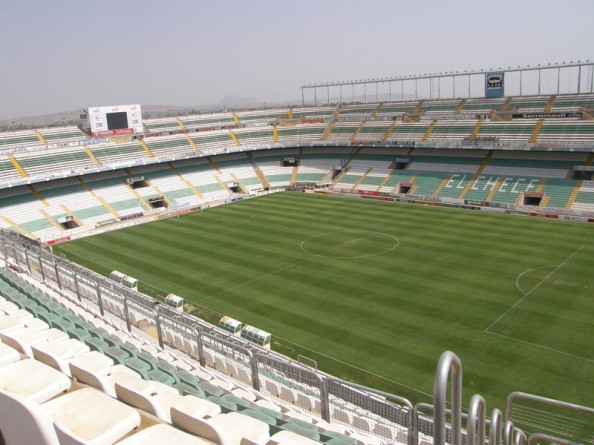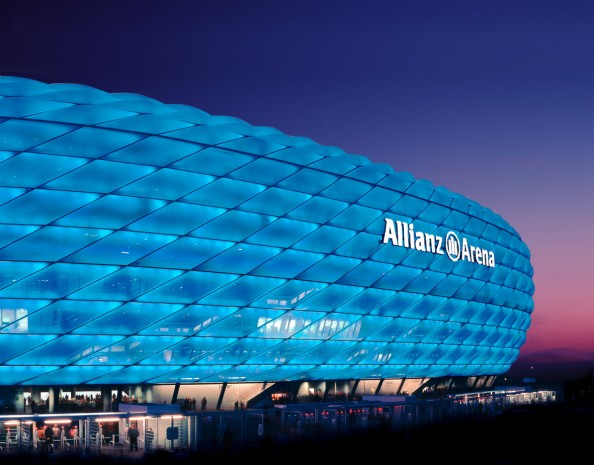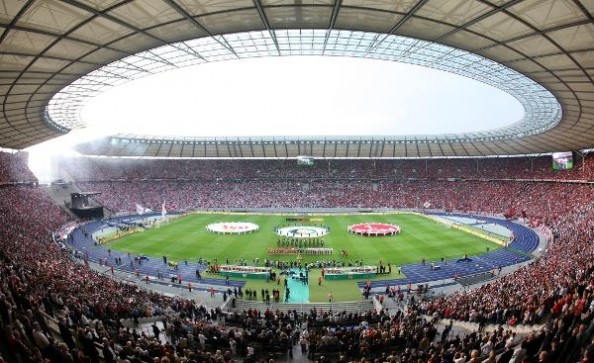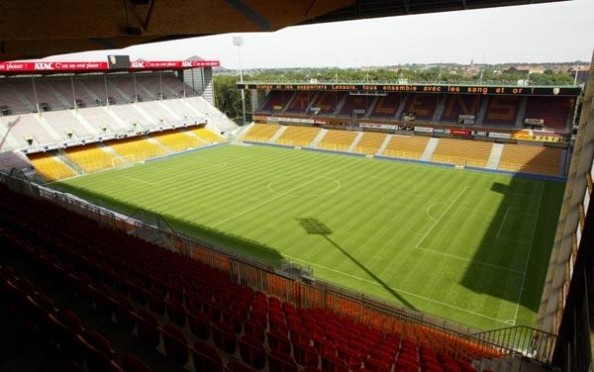Some second divisions across Europe boast some pretty impressive attendance numbers, like the English Championship with plenty of teams attracting more than 20,000 fans per match. In other countries, for example Bari in Italy and Munich 1860 in Germany, minor teams play in some of the biggest stadiums in their nations.
Football League Championship
There are 11 teams in the championship with stadiums that have a capacity of at least 30,000. The two biggest are Leeds’ Elland Road, with a capacity of 39,460 and Hillsborough, the stadium of Sheffield Wedensday, that can hold up to 39,812 fans.
Elland Road, previously named Old Peacock Ground, has been the home of Leeds United since 1919. Leeds currently have the third highest attendance average in the Championship with 22,953. The ground was one of the eight stadiums that hosted matches in Euro 1996, and in general is the 12th largest football stadium in England.
A stadium notorious for the disaster On 15 April 1989, one of the worst sporting tragedies of all time when 96 Liverpool fans were crushed to death in an FA Cup semi-final. It is owned by the club and has been the home of the side since it’s opening in 1899. It can seat 39,732, the largest football stadium in England outside the Premier League. Wednesday also have the highest attendance numbers in the division with 25,663 per game.
Segunda Division (Spain) – Elche, Estadio Manuel Martinez Valero
Estadio Maneul Martinez Valero was opened in 1976 and has ever since been the home of Elche CF, the team leading the Segunda Division at the moment. It has a capacity of 39,000, one of four stadiums in the division that can hold over 30,000. It was one of the stadiums used in the 1982 World Cup, in which Hungary recorded the biggest winning margin in World Cup history, beating El Salvador 10-1.
Serie B (Italy) – Stadio San Nicola (Bari)
A stadium that can hold up to 58,270 fans, but has notoriously never filled up. The record is 51,000 for the 1991 European Cup Final between Marseille and Red Star Belgrade. It was built for the 1990 World Cup and hosted five games in that tournament. On occasion, Italy play qualification games there, but were booed off the pitch on their last visit, a 1-1 draw with Ireland. It is the only stadium in the division with a capacity of over 40,000.
2. Fußball-Bundesliga (Germany)
One of Europe’s most famous stadiums, opened in 2005 and used by both Bayern Munich and Munich 1860, offering a different colored light show on its Luminous exterior, depending on who is actually playing that day. It goes white if it’s the German national team or in a neutral match, like the 2012 Champions League Final. It was initially owned by both clubs, but financial troubles at Munich 1860 led to them selling their 50% share of the stadium to Bayern. It has a capacity of 69,000.
The current Olympiastadion, the home of Hertha Berlin, is the second stadium to be built on the site. The first, the Deutsches Stadion, was built for the aborted 1916 Summer Olympics. It has a capacity of 74,064 and was used in both the 1974 and the 2006 World Cups. It’s also the venue of the German Cup Final, and at one point it held the world record for the attendance of a baseball game, thought to be over 110,000.
Ligue 2 (France) – Stade Félix-Bollaert (Lens)
With a capacity of 41,233, Lens’ stadium is the biggest in Ligue 2, followed by Nantes’ Stade de la Beaujoire with just over 38,000. The stadium’s capacity is bigger than the city’s population, which stands at 36,000. Opened in 1933, it has hosted matches in both the 1984 Euro and the 1998 World Cup, as well as Rugby Union matches in the World Cups of 1999 and 2007.
Segunda Liga (Portugal) – Estádio do Restelo (Belenenses)
There are four Lisbon teams in Portugal’s second division, including Sporting and Benfica’s B teams. Belenenses, the third team of the captial city, have a stadium that can fit 32,500, the only one in the divison that can fit over 30,000. The national team plays friendlies there on occasion, but hasn’t done so since a win over Albania in 2003.
